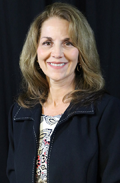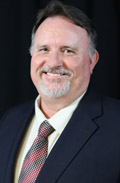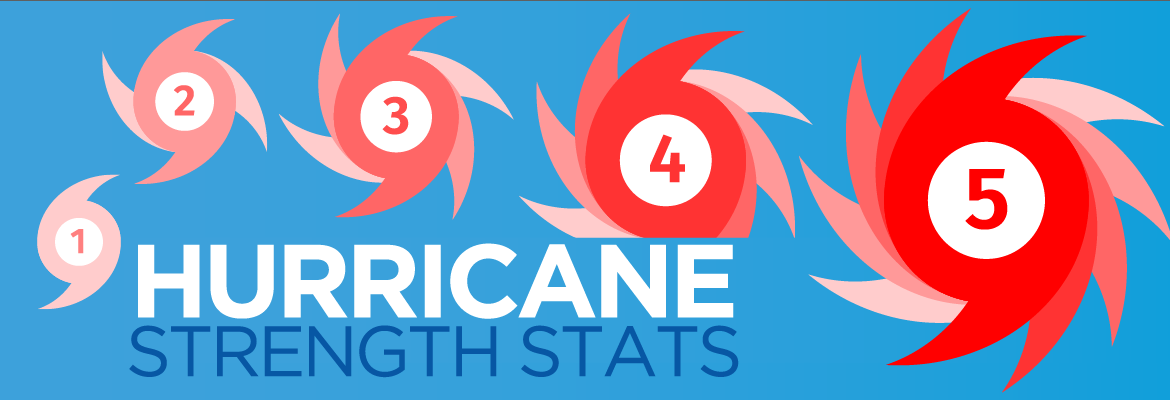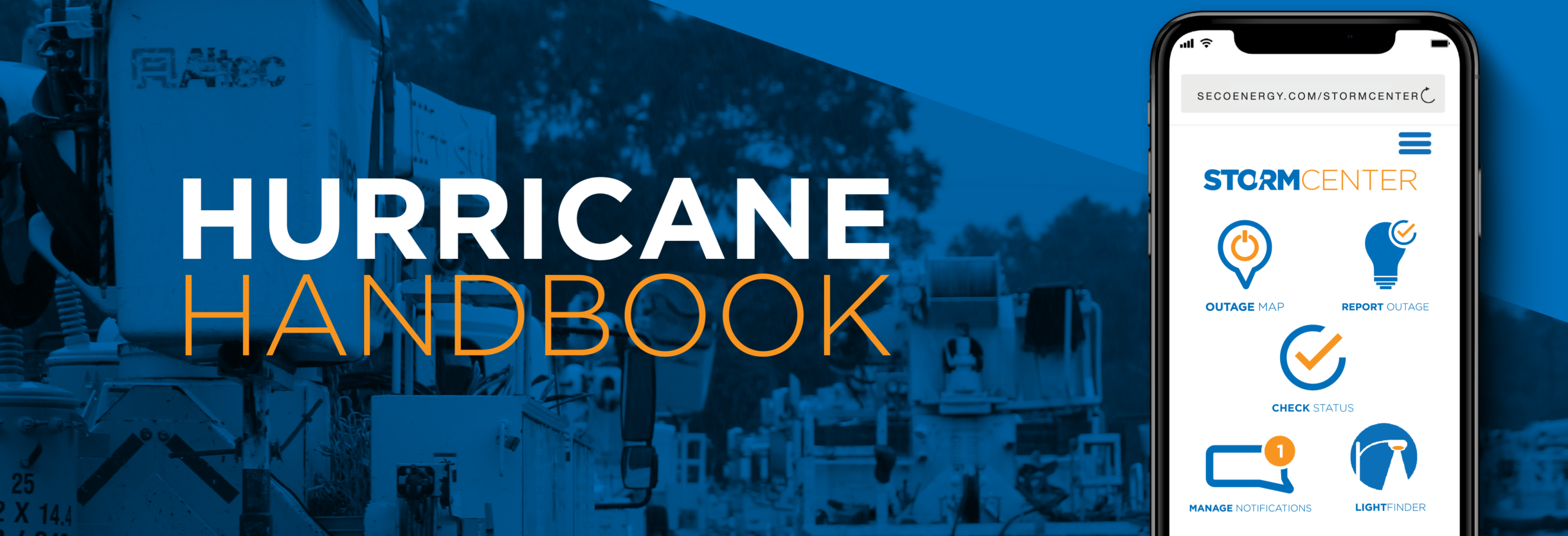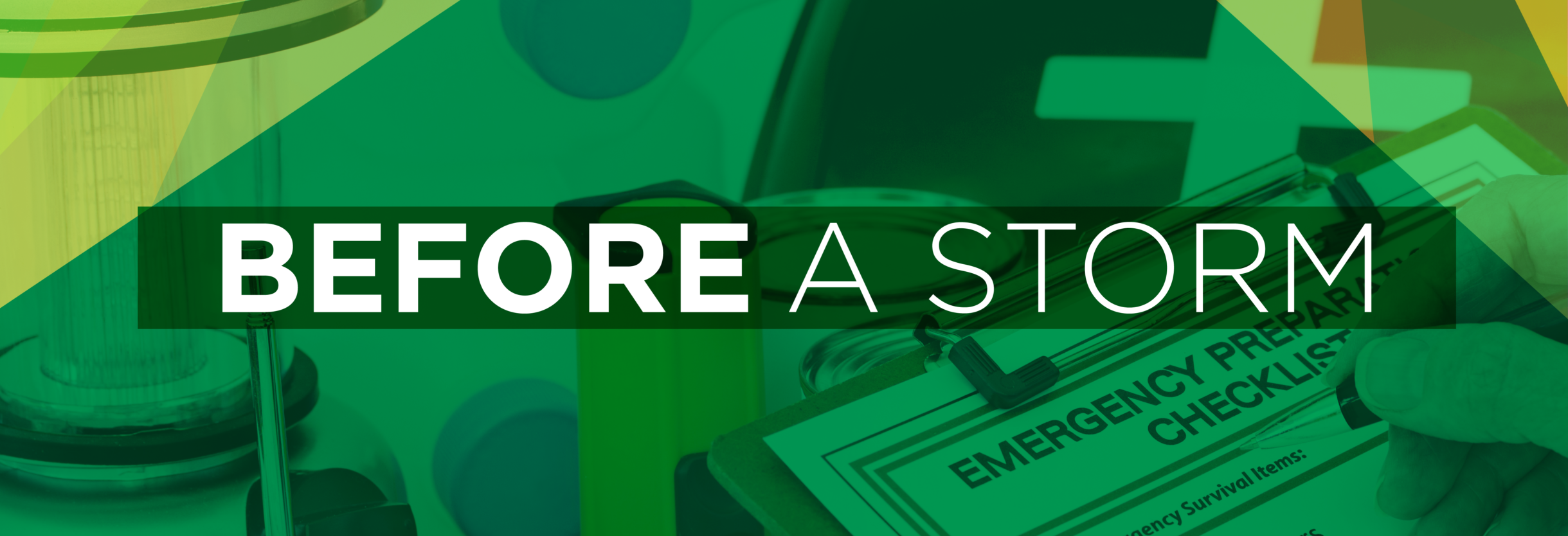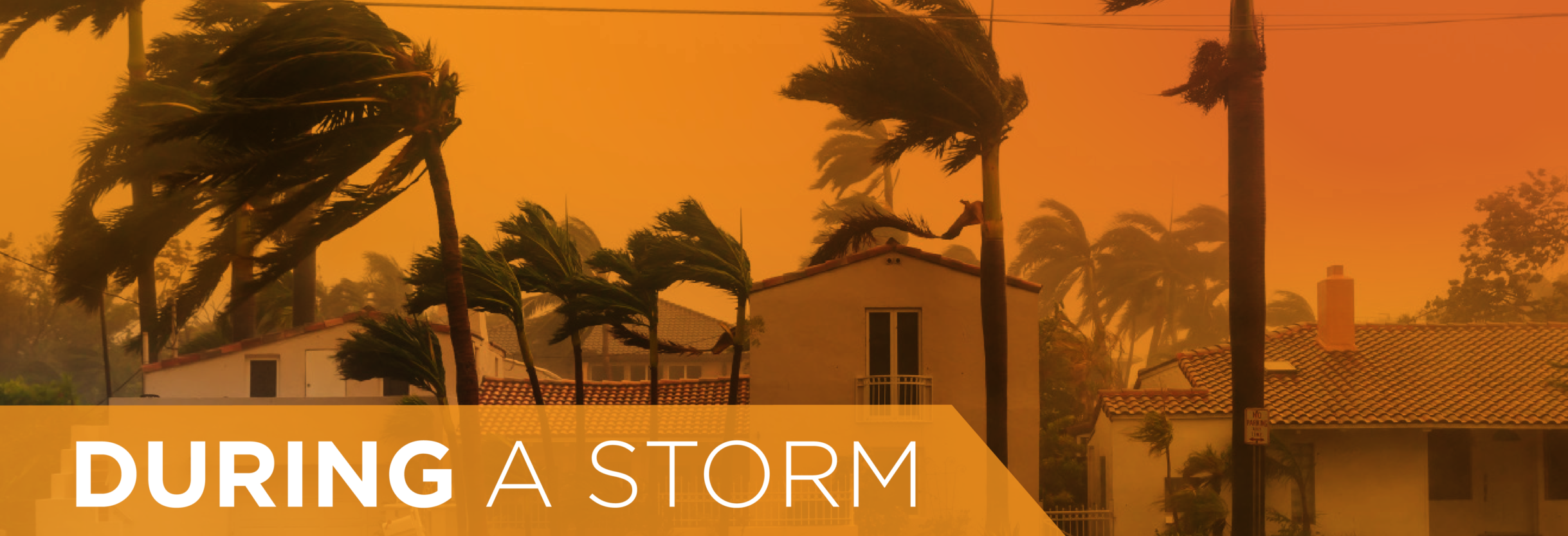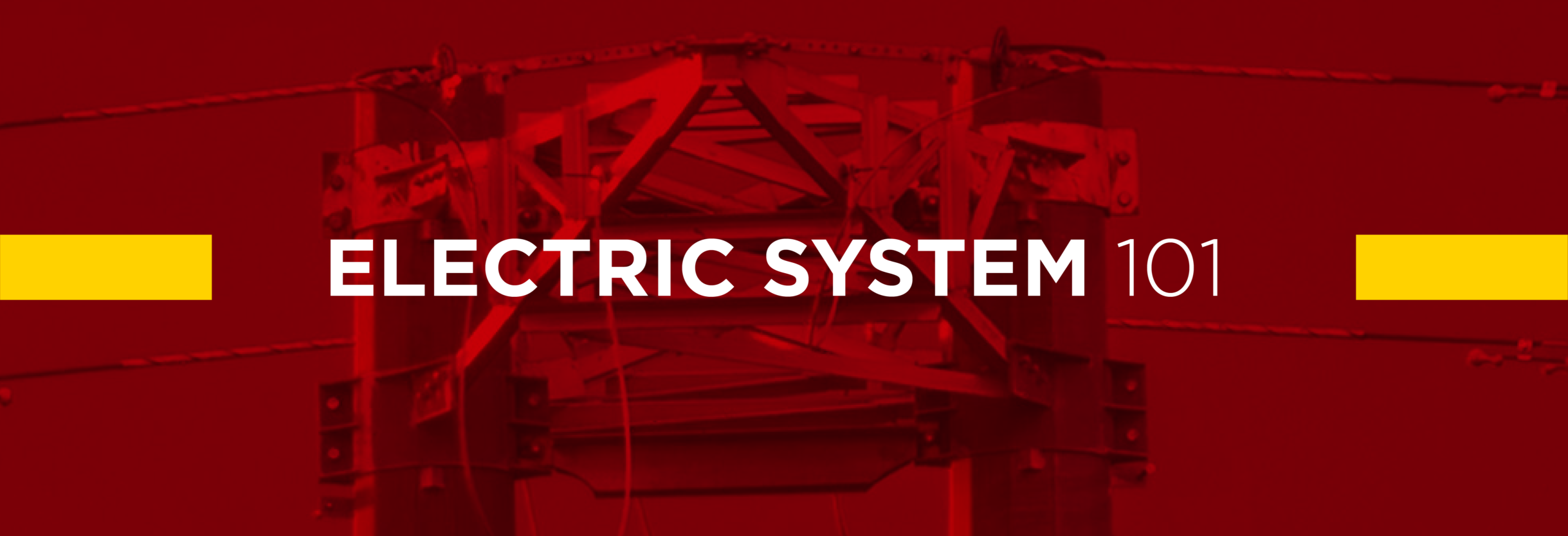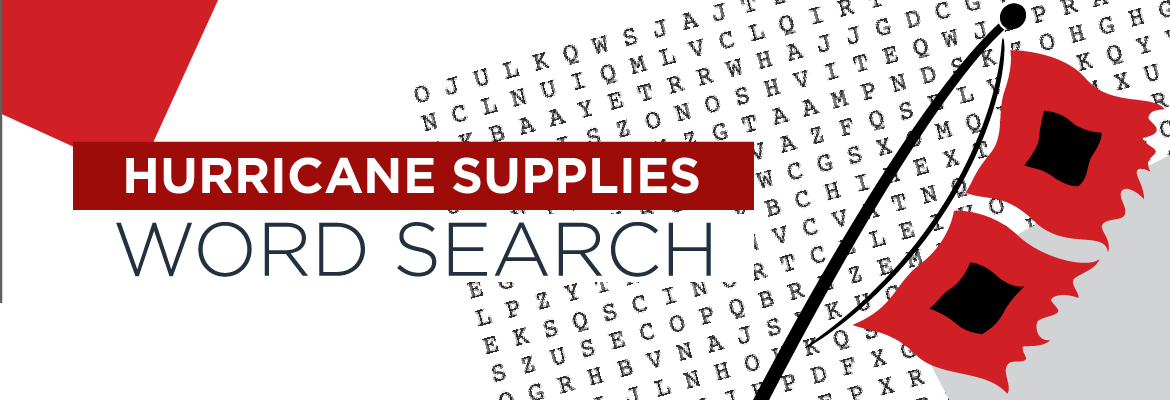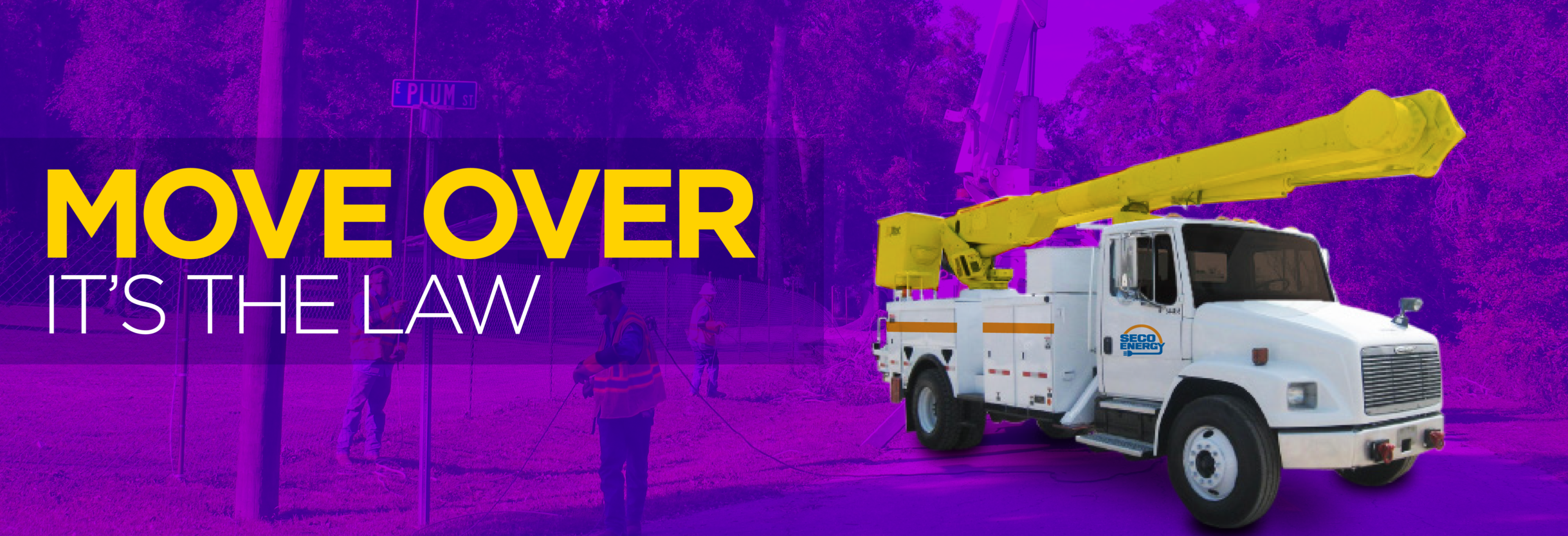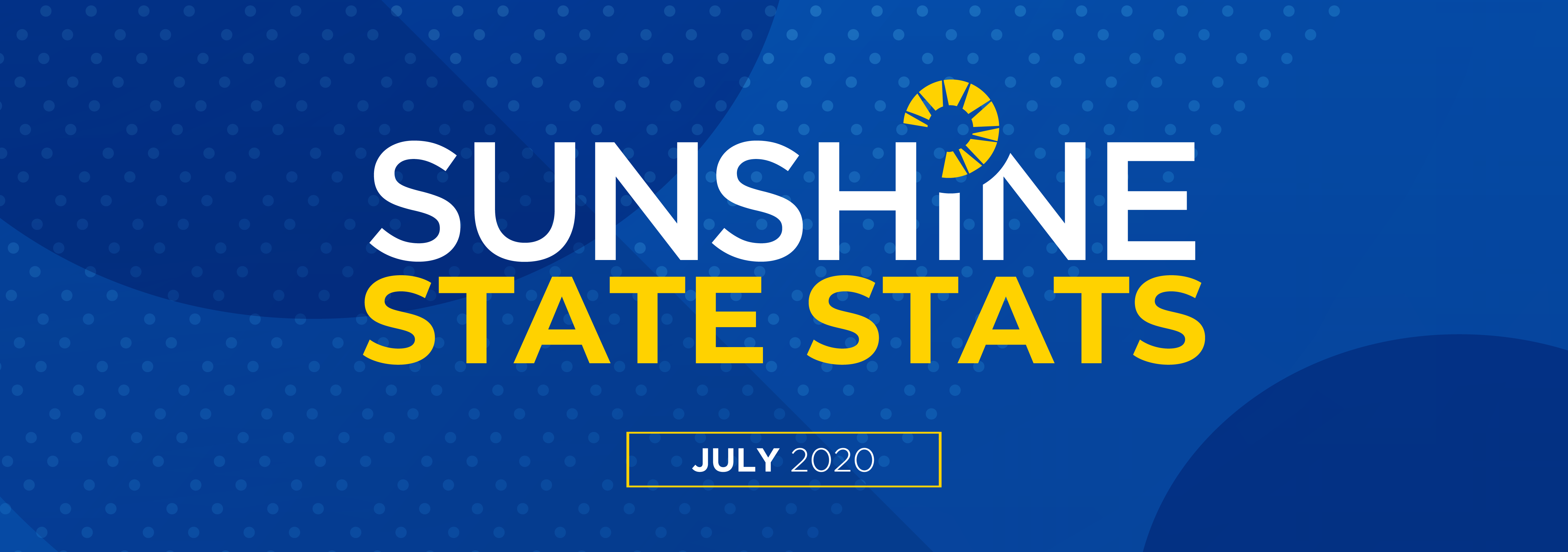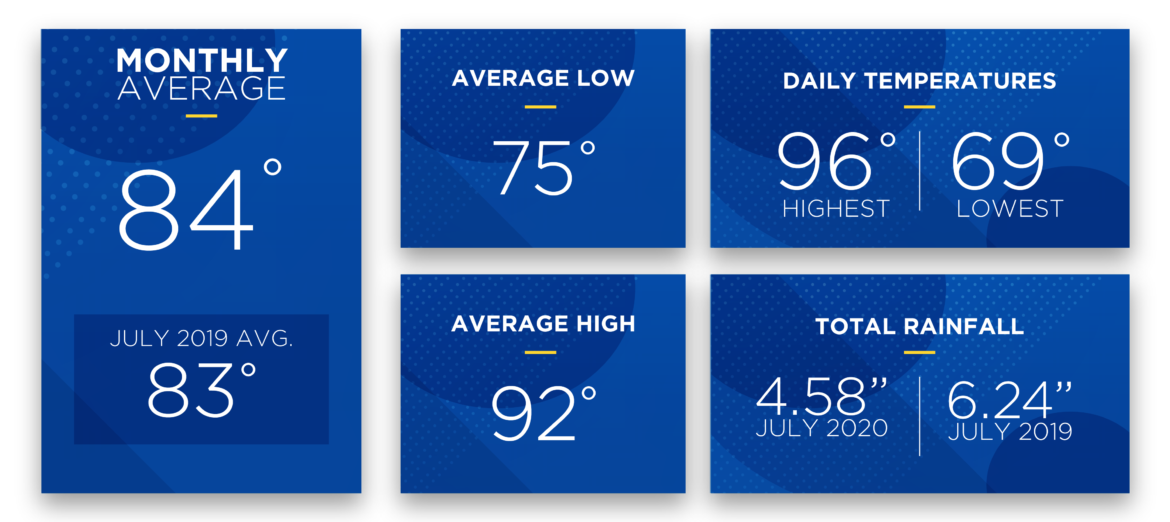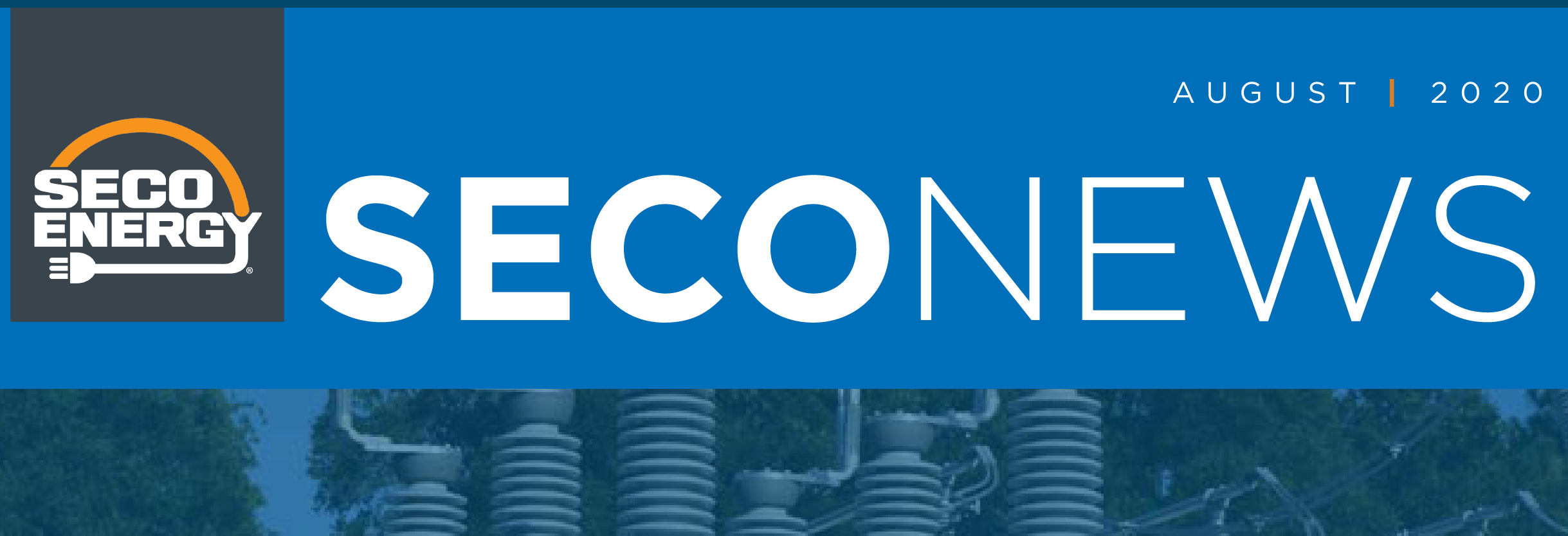Duncan’s Digest – Pennies from Heaven – Your Pennies Change Lives
To say that the first half of 2020 has been bizarre is an understatement. To assist members during the COVID-19 economic shutdown, SECO proactively waived late fees and suspended service disconnections for nonpayment. SECO also offered members flexible payment arrangement timeframes that were above and beyond normal parameters.
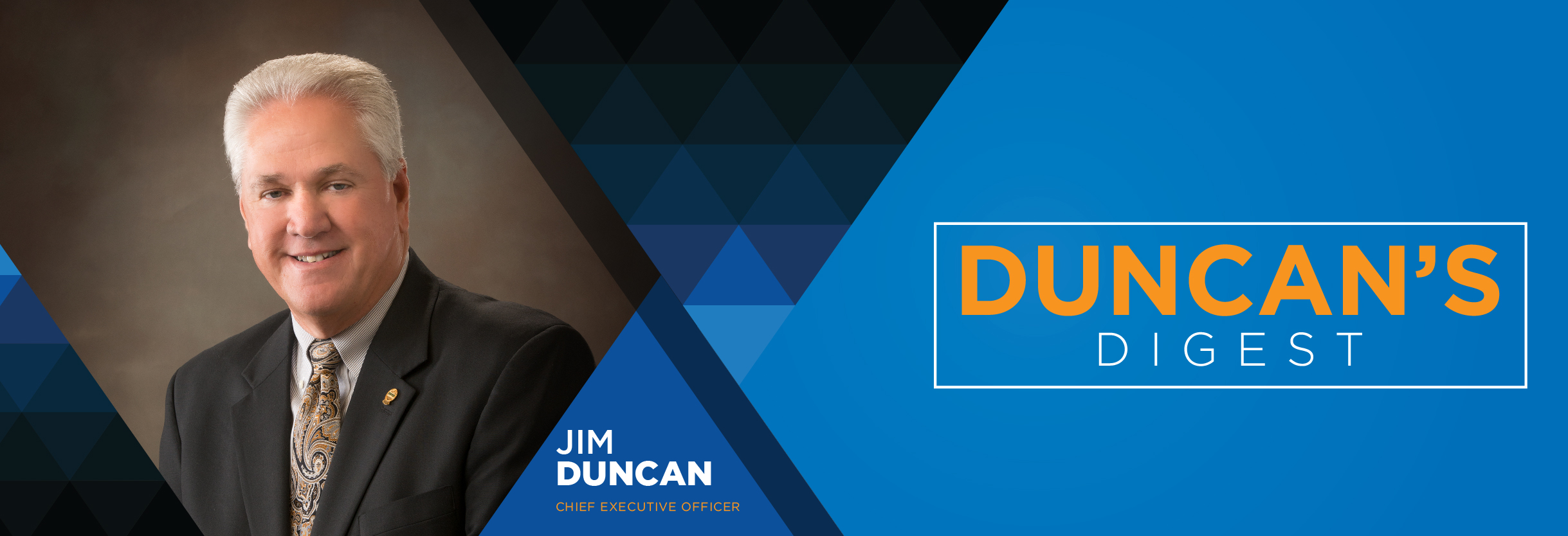
SECO Energy’s member-funded Pennies from Heaven program collects extra pennies donated by members who have enrolled. These members agree to round up their monthly bills to the nearest dollar amount. The donated pennies fund member bill payment assistance or are used to support local worthy charitable causes. The bill payment assistance funds are distributed through United Way organizations, Florida 2-1-1 and local social service agencies.
SECO allocated a significant portion of the Pennies from Heaven dollars to our United Way organizations and local service agencies to provide bill payment assistance to members. Because of the COVID-19 shutdown, the need for bill payment assistance is at an all-time high.
Many members have reached out to us asking how they can help their neighbors during this crisis. We have hundreds of new Pennies from Heaven enrollees who are having their bills rounded up. We’ve also received check donations for Pennies from Heaven. I can’t thank our Pennies from Heaven donators enough for their generosity and willingness to help. Still, the fund is running low due to the number of members who need bill payment assistance.
Please consider joining thousands of your fellow members by enrolling in Pennies from Heaven. The monthly donation is small – only pennies. The yearly donation is, on average, less than $6 per year. Your small change can go far when combined with all Pennies from Heaven donations.
This year, SECO’s Pennies from Heaven program also donated $25,500 to local food banks in Citrus, Lake, Marion and Sumter Counties. SECO also received a special donation from The Villages Democratic Club for $3,000 earmarked for bill payment assistance through St. Timothy’s Catholic Church in Lady Lake.
If you would like to donate by check, please mail it to us at:
SECO Energy Pennies from Heaven
P.O. Box 301
Sumterville, FL 33585
I am proud to be a Pennies from Heaven supporter myself. Through internal fundraising, many SECO employees also support the program.
If you would like to contribute your small change to help your fellow members, enroll in Pennies from Heaven today. SECO will round up your bill to the nearest dollar. The donated pennies stay local for the benefit of our members. Your small donation will supply much-needed help to members who are struggling. To enroll, visit our Pennies from Heaven page. Or log into your SmartHub account, select “Billing & Payment” and click Pennies from Heaven. Your next bill will show a line item that reflects your generous pennies donation. Thank you in advance!
Sincerely,
Jim Duncan
Chief Executive Officer

Advice from The Old Farmer’s Almanac
Are you interested in flowers that will attract hummingbirds? The Old Farmer’s Almanac recommends choosing flowers that are either red or orange. Some common types of flowers enjoyed by hummingbirds are bee balm, butterfly bush, lilies, petunias, red-hot poker, scarlet sage, soapwort, trumpet honeysuckle and verbena.
Read this month’s Florida Fauna & Flora on page seven to learn more about the ruby-throated hummingbird that is the most commonly found hummingbird in Florida.

Chomp Down on Power Surges with Surgeo the Surge MitiGator™
According to the National Weather Service, Florida is the lightning capital of the United States. Approximately 1.1 million lightning strikes per year happen in our state – this is equal to 20 strikes per square mile! Surge protection is a valuable investment.
Unfortunately, no product will protect your home against a direct lightning strike. SECO Energy’s Surge MitiGator™ will protect your home’s appliances against power surges caused by lightning that travels via power lines, through the meter and into your home. Other common causes of surges entering your home are vehicle accidents, small animals contacting the electric grid and cycling of large appliances inside the home.
Are you considering surge protection? Keep these facts in mind when deciding if the Surge MitiGator™ is the right choice for protecting your home’s appliances:
SECO Energy’s Surge MitiGator™ meter-based surge arrester is installed behind the electric meter at the incoming utility service line. The arrester responds quickly when there is surge activity.
Grounding* is crucial because it creates a path with the least amount of resistance for the excess electricity to travel. Your home’s ground is found at the meter and is connected to the Surge MitiGator™ ground wire during installation. By connecting the surge arrester to the ground wire, surges are routed away from electrical components.
The voltage that enters your home is reduced to a manageable level to prevent damage to large-motor appliances. Secondary protectors or point-of-use devices, are necessary for sensitive electronics and items with microprocessors.
The installation of the Surge MitiGator™ is controlled and monitored by SECO. The product is “made in the USA,” so you can be sure you are investing in a device that has a proven performance track record and is installed following applicable codes and safety standards.
The Surge MitiGator™ is designed to protect your appliances, such as HVAC, washers and dryers, refrigerators, dishwashers and other major motor-driven residential appliances. We recommend adding a layer of protection for your more sensitive devices. Point-of-use suppressors help further reduce the small amount of let-through voltage that may pass by the Surge MitiGator™. Point-of-use suppressors also help to control surges created inside the home by appliance motors cycling.
Sensitive electronics in your home include televisions, DVD players, DVRs, stereos, computers and garage door openers. Make sure when buying point-of-use surge protectors to buy devices that protect additional entryways like cable and phone lines; also keep in mind warranty timeframe and monetary compensation in case of damage. This layered approach provides the best protection in the event of a surge.
Our Surge MitiGator™ is available for lease or purchase. You can lease the protection for only $5.95 per month plus tax with a $25 installation fee. You can also purchase the protection for $349 to $399 plus tax with free installation.
Have questions about the Surge MitiGator™? Don’t delay – reach out today – email Surge or call (352) 569-9960.
*SECO Energy’s certified installers perform a visual inspection of your electric ground before attaching the ground wire to the surge arrester inside the meter can. We strongly suggest you solicit a licensed electrician’s services periodically to check the integrity of your ground wire to ensure it is in good working order.

Electrical Safety 101
Safety is SECO’s most important core value. Following electrical safety rules applies to everyone who uses electricity. Electric energy can burn and kill. According to the Electrical Safety Foundation International (EFSI), over 51,000 American homes are damaged or destroyed by fires caused by electrical failures each year.
Learn the basics about the electrical system in your home and how to prevent electrical fires. If your home is more than 20 years old, it may have outdated wiring that can lead to an electrical fire. Signs of outdated wiring include flickering lights, tripped breakers and a burning smell. The circuits may be overloaded. Electrical outlets may be outdated as well. Outlets that are damaged, loose or warm to the touch need to be repaired or replaced.
Home wiring is a job best tackled by a professional. Contact a reputable electrician who is licensed, insured and adheres to local code requirements. Electricians can also assist in adding extra electrical outlets that will avoid circuit overload.
Who is at greatest risk of suffering an injury or death from a home fire? Adults over 65. Young children with their natural curiosity are also vulnerable.
Electrical safety extends outside the home. You should never touch utility equipment such as underground transformers or overhead power lines. Always consider power lines to be energized and dangerous. After a storm, be especially cautious for downed wires. Stay away from downed lines and call 911 immediately. Vehicle crashes involving power poles can result in energized lines near the accident. Remain in the vehicle if it is safe to do so.
Teach children electrical safety as well. Children should never play on or near electrical equipment and never try to enter a substation. Warn children not to climb trees near energized lines and keep toys such as planes and kites away from overhead lines.

EV Charger Winner
Congratulations to M.J. Buczkowski of Summerfield who is the July winner of a SECO Energy branded JuiceBox Pro 40 EV Level 2 charger. We’re giving one charger away each month while supplies last. To enter to win, text “EV” to (352) 320-4500 for a link to enter. Or click on the EV Charger Giveaway homepage banner.
While on our website, learn more about the benefits of electric vehicle ownership on our EV pages. You’ll find an EV savings calculator, information about CO2 reduction, EV and PHEV models and a nationwide charger-finder map. Visit our Electric Vehicles page for more information.
Watch SECO News for next month’s charger winner.
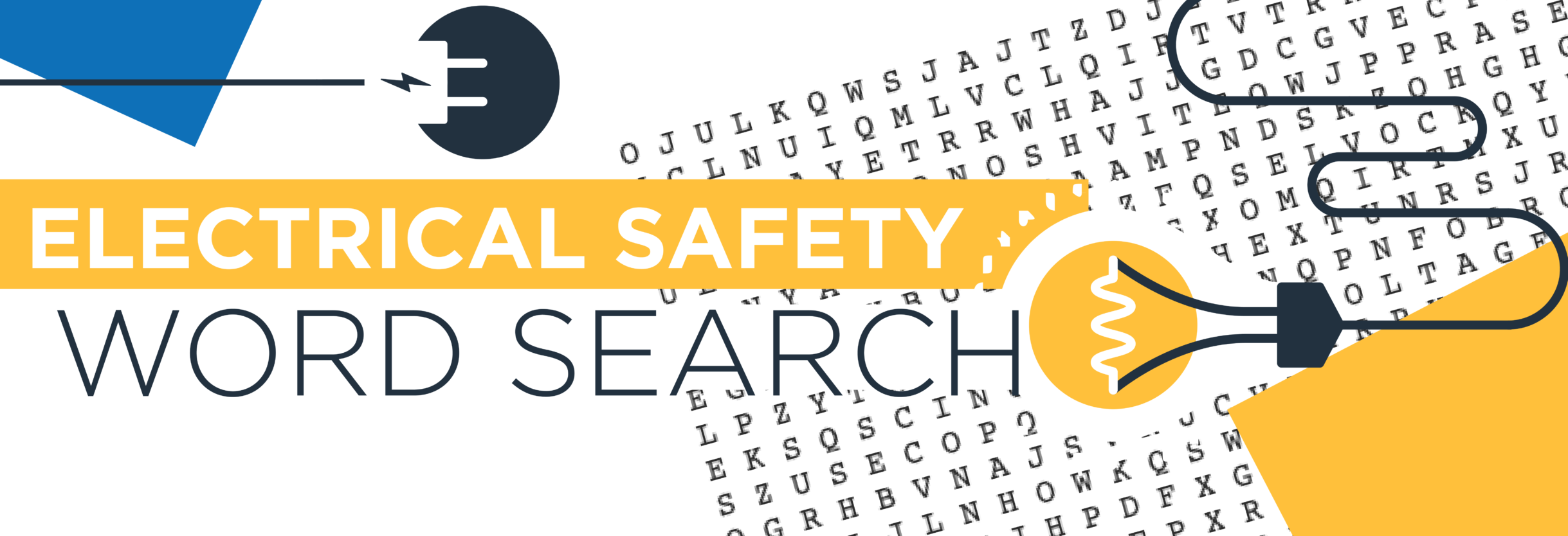
Electrical Safety Word Search
Have some fun with our electrical safety word search. Find all the words relating to electrical safety and you’ll build on your electrical-safety knowledge.


Stay Connected with SmartHub
Members who choose to pay their bills electronically should enroll in SECO’s online account platform called SmartHub. Members can pay via debit card, credit card or electronic check – all without the added expense of a convenience fee. Those who want to “set it and forget it” can use SmartHub to enroll in bank draft. SmartHub users can view consumption history, see past bills, update an address or phone number, choose paperless billing or request a payment extension. SmartHub is accessible via desktop computers and a user-friendly app is available for smartphones and tablets.
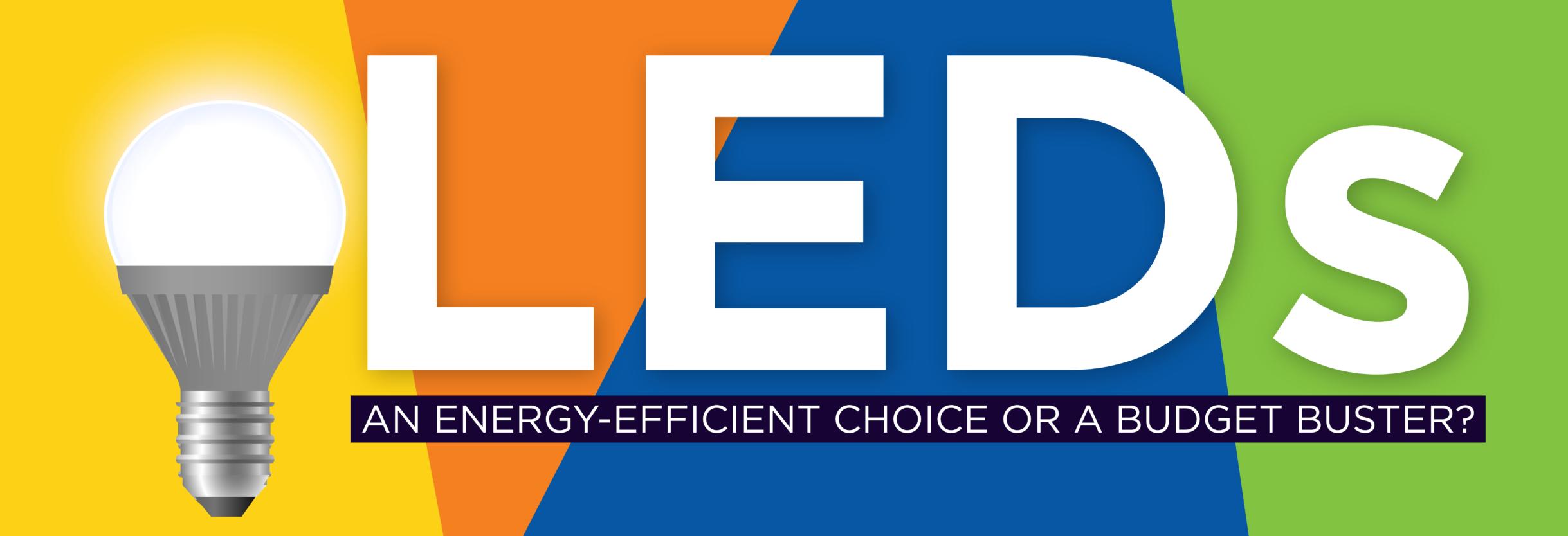
LEDs An Energy-Efficient Choice or a Budget Buster?
LED (light-emitting diode) light bulbs are quickly becoming the most energy-efficient lighting choice for your home. Compared to standard incandescent or CFL (compact fluorescent light), the purchase price for LEDs is higher. Does the higher purchase price make LEDs a budget buster?
Not necessarily. While LEDs are more expensive – they last longer when compared to incandescent bulbs. Your savings will add up by not replacing bulbs as often. Per the Department of Energy (energy.gov), LEDs that are ENERGY STAR rated last about 25 times longer than traditional lighting options and use 75% less energy. LEDs give off very little heat when compared to incandescents and CFLs that release 80 to 90% of their energy as heat when in use. Using LEDs will make your home more comfortable and potentially reduce cooling costs.
Lighting equates to a small part of your home’s electric consumption (about 5%). To lower lighting costs, SECO Energy recommends upgrading the bulbs you use most often to LEDs. What bulbs are on most often in your home? Good choices are the kitchen, living room, or family room and bathrooms. To keep your budget in check, convert the bulbs in these rooms to LEDs and gradually convert the other areas of the home when bulbs need to be replaced.
LEDs supply a budget-friendly return on investment when chosen for frequently used areas. LED technology continues to evolve. There are a multitude of options and colors to meet your needs. LEDs are also directional and small, so they are great for a kitchen countertop, recessed and task lighting.
For more energy-efficiency tips and ideas, visit our Energy-Saving Tips page.
Read the full August 2020 SECO News online.















